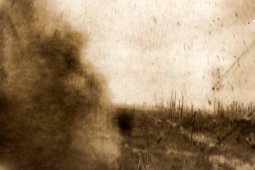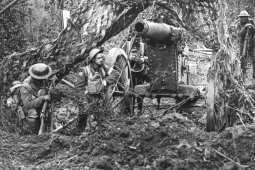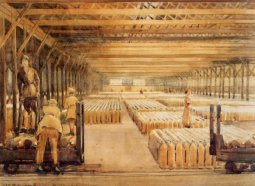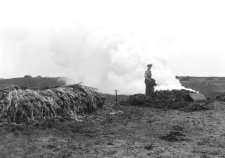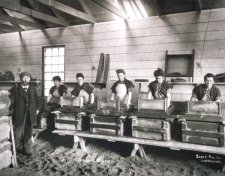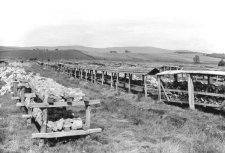| Whale Oil Uses |
|
Explosives During the First World War 65 million soldiers were mobilized. Over 8,500,000 of them were killed and 21,225,000 severely wounded, many of them by munitions made, in part, from whale oil. WW1 was a monumental disaster not just for humans, but also for whales who gave their lives that men might die. Between 1914 and 1917 over 175,000 whales were killed at South Georgia in the south Atlantic. Military explosives are classified as low or high explosives. Low explosives, e.g. gunpowder, are mixtures of readily combustible substances that undergo rapid combustion and are used for propelling bullets and high-explosive shells. High explosives, however, are used to shatter things. They are unstable molecules that undergo explosive decomposition to produce rapid and powerful shock waves. Nitroglycerin was used extensively in W.W.I as a high explosive. It is a colourless, oily, and unstable liquid that decomposes with explosive violence when heated or jarred. Nitroglycerin,first synthesized by an Italian called Ascanio Sobrero in 1846, is made by reacting glycerol (glycerin, glycerine,or 1,2,3-propanetriol) with concentrated nitric and sulphuric acids. Glycerol is present in the form of esters (glycerides) in all animal and vegetable fats and oils. It was released by treating the fats with alkalis such as ash from burned seaweed. Whales were an important source of fat for this process. The production of ash from kelp was itself a major industry in Scotland in the western and northern isles during the 18th and 19th centuries. Huge quantities of high explosive shells were manufactured during the war, many of them by women munition workers. Shell production was physically demanding and dangerous work. This was the first time that women had been employed in large numbers in heavy industry and was a turning point in the history of female work practices. In more peaceful times nitroglycerine (or blasting oil) had been used as a commercial explosive with production being pioneered by the Swedish Chemist Alfred Nobel in 1862. Unfortunately it was very dangerous to handle but in 1866 Nobel invented dynamite, nitroglycerine made safe by absorbing it onto a diatomaceous sand, known as kieselguhr, to produce a pliable dough-like material. Nobel established a dynamite factory at Ardeer in Ayrshire, which, by 1907 by was reputed to be the largest explosives factory in the world and which closed only relatively recently. The required kieselguhr was found in substantial deposits in Scotland at Loch Cuithir on the Isle of Skye and in Aberdeenshire. Dynamite, became very successful and made Nobel a very wealthy man indeed. The fortune that he made from its sale and the sale of other explosive products is the basis of the modern Nobel Prizes. Today, much of the nitroglycerin in dynamites has been replaced with ammonium nitrate. Links:
|
|
